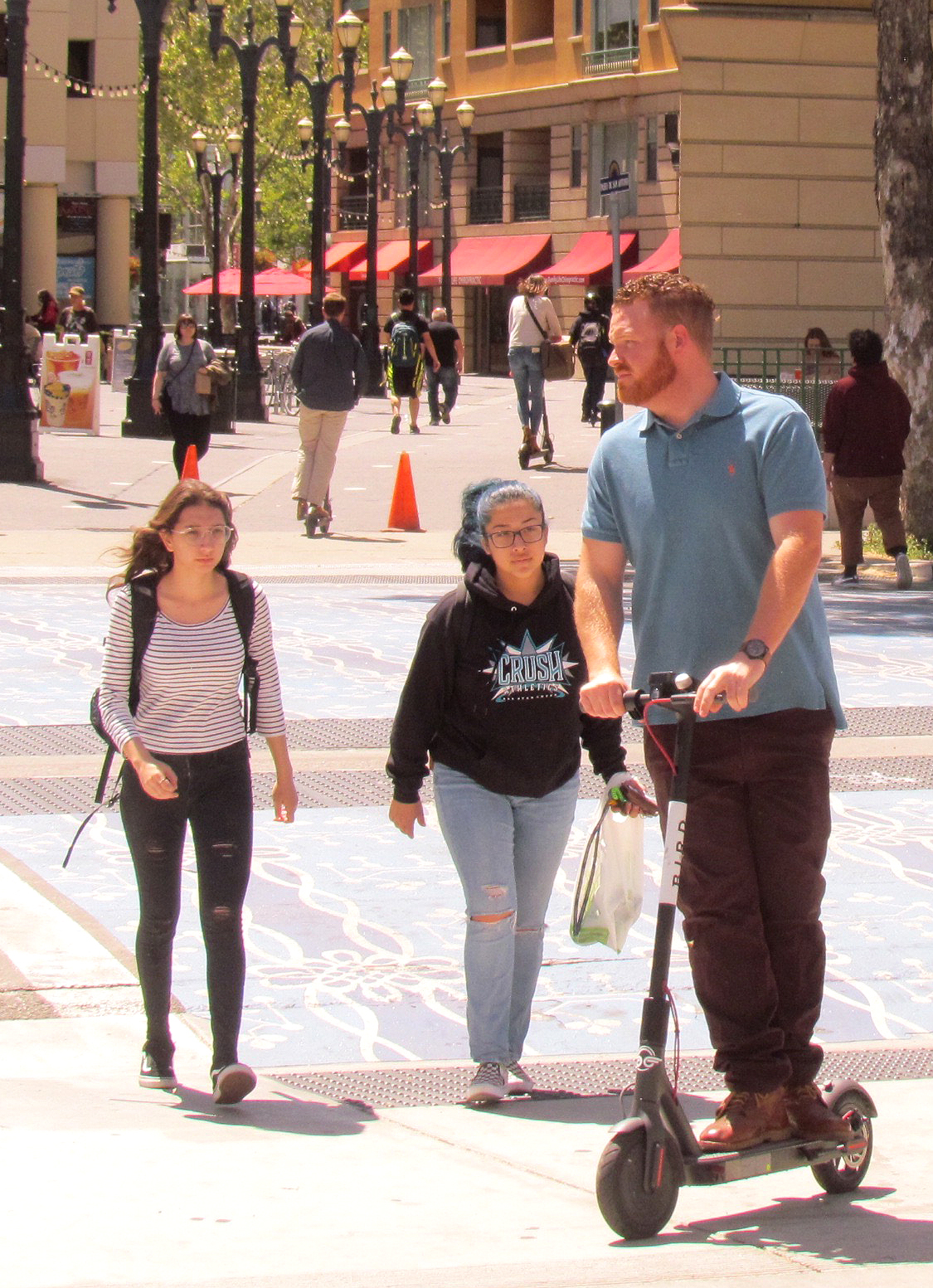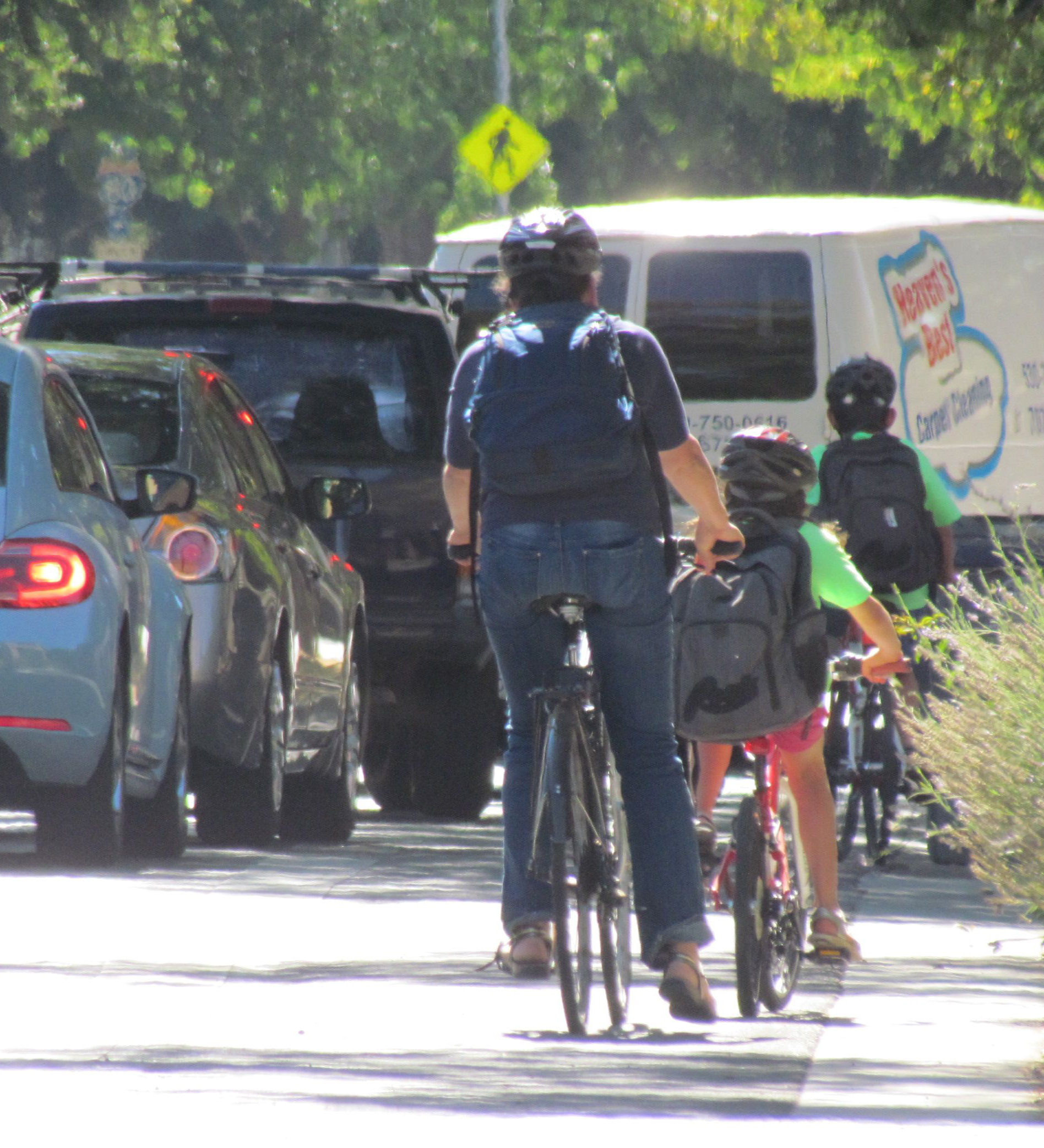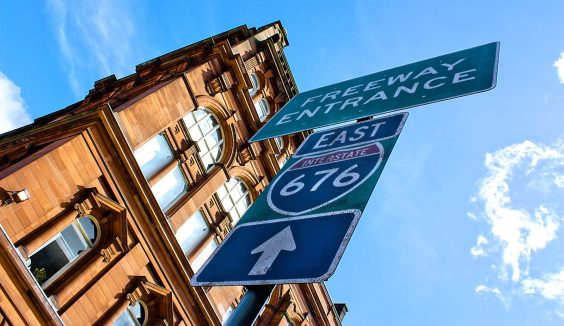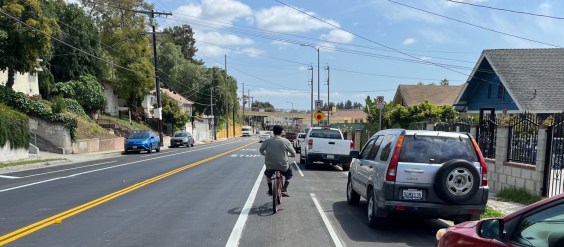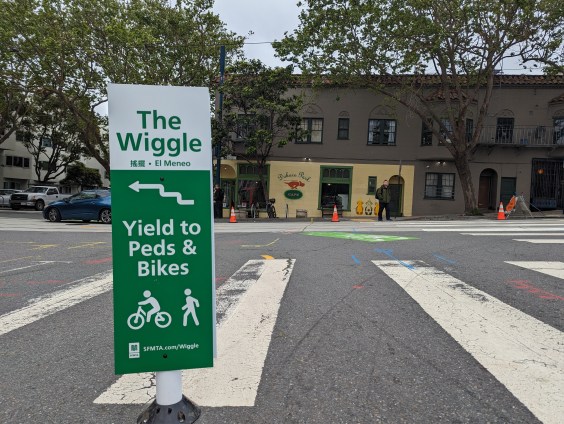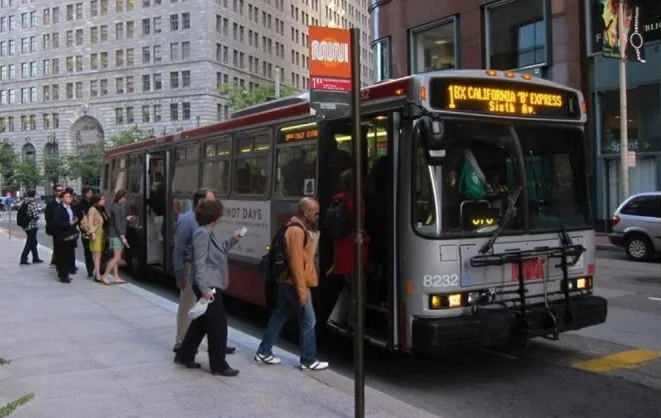Note: GJEL Accident Attorneys regularly sponsors coverage on Streetsblog San Francisco and Streetsblog California. Unless noted in the story, GJEL Accident Attorneys is not consulted for the content or editorial direction of the sponsored content.
Yesterday Governor Brown signed A.B. 2989, the bill bringing regulation of e-scooters a little closer to that of bicycles. When the new law goes into effect in January, adults can no longer be cited for not wearing helmets when riding them. Not every city has gone all-out to chase down riders without helmets, but enforcement has been an issue, particularly in Santa Monica. Police there have been ticketing riders for not having helmets, and the citation can cost them anywhere between $100 and $200. No longer, at least for adults.
Youth under eighteen are still required to wear a helmet, though, the same as with riding bikes.
The new law also keeps the speed limit for scooters at fifteen mph, and leaves in place existing prohibitions such as operating e-scooters without a driver's license and riding them on sidewalks.
Meanwhile, cities are still spending inordinate amounts of time working out how to regulate the devices, and there is little consistency in their approaches. San Francisco decided that it would offer permits to only two companies, Scoot and Skip, for its one-year pilot program. That left out Lime, Bird, and Spin, companies that had deployed e-scooters in the city before there were any regulations, but pulled them out when the city temporarily banned all e-scooter rentals.
Lime has appealed San Francisco's decision, charging that the “unclear and inconsistent” decision-making process resulted in “arbitrary and inexplicable results.”
Curbed SF has more on that.
At the same time, Bird scooters announced today that in the year since that company launched, people have taken ten million rides on their e-scooters. Two million riders, in over 100 cities, have traveled 14.3 million miles on Bird scooters. Obviously scooters have been extremely popular where they are available, despite all the Twitter hoo-ha about them being dumped in lakes or hanging from trees.
It also highlights an outlandish aspect of the anecdata about how “dangerous” e-scooters are that's been showing up in the media over the last few weeks.
Those articles have quoted emergency room doctors describing injuries from e-scooters as “pouring in” to their facilities, but haven't given a sense of how many injuries there might be per scooter rider, nor what's causing those injuries. Staff in the office of Assemblymember Heath Flora (R-Ripon), the author of A.B. 2989, did their own calculations based on numbers reported in a recent San Francisco Chronicle story about e-scooter dangers. They calculated the percentage of injuries (twelve) per scooter ride (178,233) as mentioned in that article, getting an injury rate of .00007 percent. Of course that's with very limited data. More detailed data will undoubtedly be available in the future as more e-scooter rides are taken.
But one can already make a few observations at this early stage. For example, extrapolating from Bird's estimate of an average e-scooter trip length at 1.43 miles would give an injury rate per e-scooter mile driven of .00005 percent.
That's quite a bit lower than the DEATH rate--not even the injury rate—from car crashes. Using just the numbers from the Chronicle article, the scooter injury rate per 100 million miles would be .0196, while the Insurance Institute for Highway Safety calculates the death rate per 100 million miles driven by car at 0.99 in California.
Another useful observation could come from studying the number of complaints received, as mentioned in the article, vs. the number of injuries it reports. That is, 1400 complaints came from 600 people. Compared to twelve reported injuries.
Any travel option holds its dangers, but it's best to stay focused on the facts, not fears. What is at the root of the “dangers” of e-scooters: the scooters themselves? The people using them? Or is it unsafe street design, lack of street maintenance--inattentive car drivers, perhaps?
